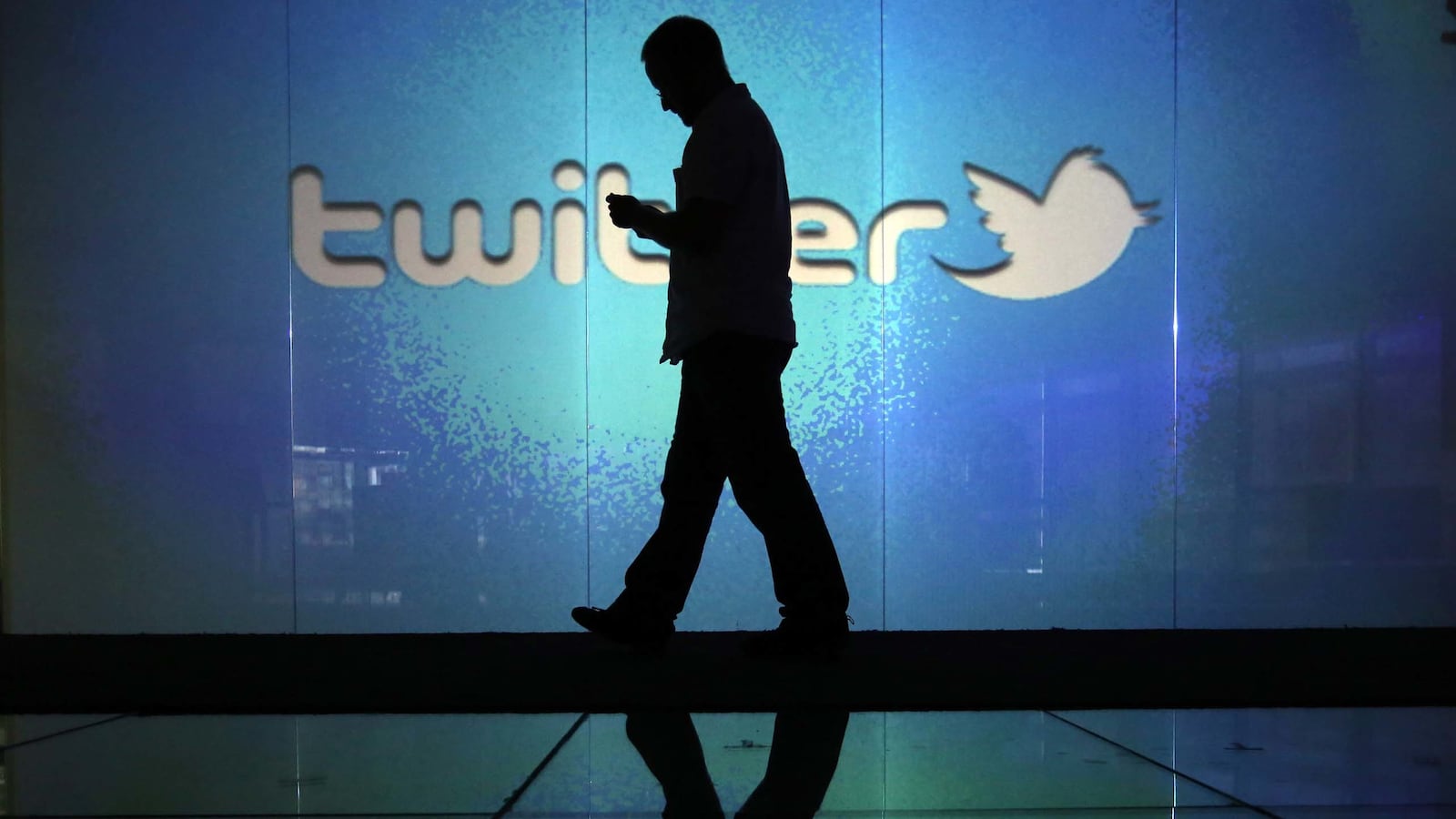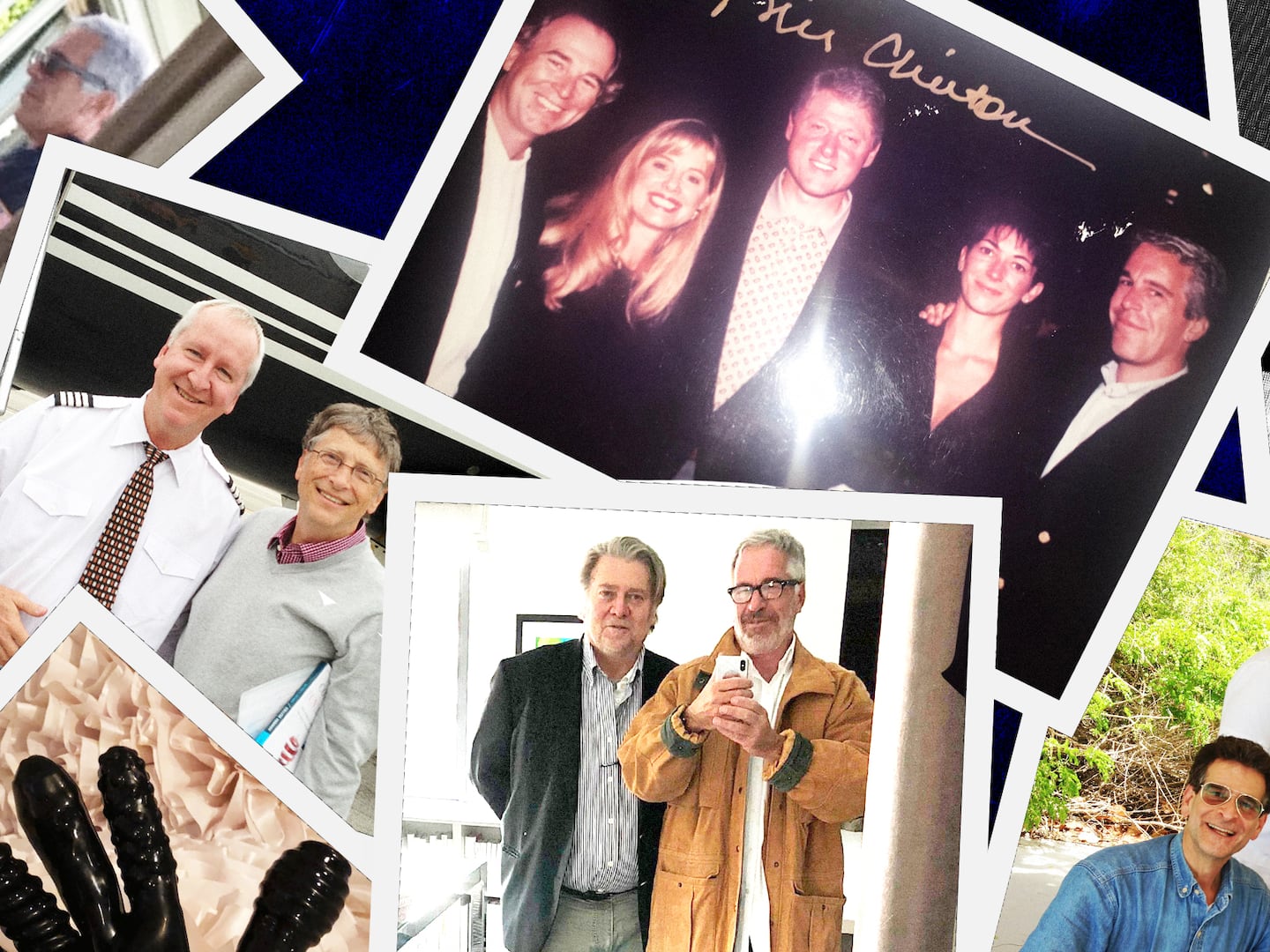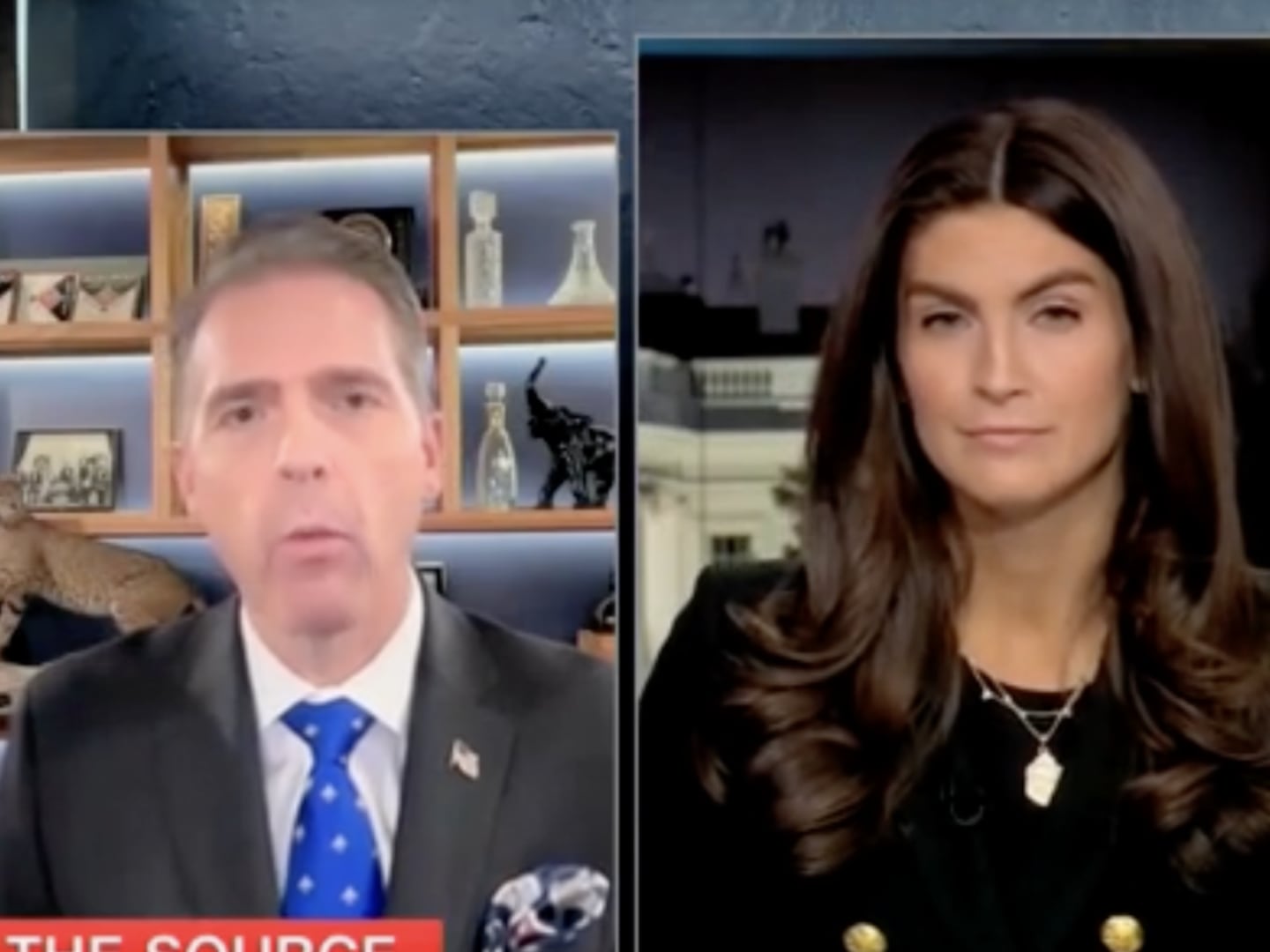Twitter staged its initial public offering on Thursday morning. It raised $1.8 billion by selling 70 million shares at $26 a piece to investors. When trading finally opened at about 11:00 a.m., the first price was $45.10—a nice 73.5 percent pop. The company instantly was valued at about $31 billion.

The deal is a huge, ginormous, all-enveloping story, in large part due to what I’d call a double example of selection bias.
What do I mean? Well, first, journalists are obsessed with the offering in a way that many other people aren’t. Twitter is our medium. Many of us live in it, and we all feel we’ve done our part to build it. And so many usually skeptical scribes are shamelessly rooting for Twitter to succeed. Twitter lists have replaced RSS and email newsletters. Tweets and retweets are the currency of buzz. We boast about our number of followers the way people used to boast about cover stories or right-lead front-page articles. (You see, kids, in the 1990s there were these things called magazines and newspapers.) Pundit Niall Ferguson constructed a Twitter-based index that calculates relative prestige as the ratio of tweets to followers. (Mine is about 2.5:1.) Twitter helps drive traffic to articles, though not as much as you would think. Lots of people, including me, retweet articles and links without actually clicking on them.
It’s also the rare technology/finance story that many writers understand intuitively. Many of the companies that have staged initial public offerings recently are not ones that members of the media elite use or interact act with. As a result, journalists are often caught unawares when they pop. Who among the Davos/Acela/SXSW crowd has eaten at a Noodles & Co., or shopped at a Sprouts Market? We don’t invest in or work in oil and natural gas fields or buy Teslas. And a great deal of the terminology surrounding technology—software, hardware, virtualization, the cloud—don’t mean much to mainstream writers.
So, yes, it’s a big story…for us. But it may not be for everybody else. Take a look at Yahoo!’s home page. The Twitter IPO doesn’t even crack the top 10 trending stories. On the train this morning, which was filled with people who work in finance and other industries, nobody was talking about Twitter, or even looking at it on their tablets or smartphones. You’d be surprised by how many people out there—people who don’t work in marketing, communications, public relations, social media, entertainment, digital media, political campaigns—don’t use Twitter.
That’s the upside for any of global app company like Twitter. Take the number of current users and subtract it from the number of human beings on the planet: that’s the growth opportunity. And it could well come true. Facebook, after all, has about 800 million users. Lots of people were skeptical about its disastrous 2012 IPO, and the company has thrived, both as a business and a stock.
Which highlights the second example of selection bias at work here. On Twitter, my friend Barry Ritholtz tweeted a chart compiled by Mashable about how shares in IPOs of hot companies like Google, Amazon, eBay, Yahoo!, LinkedIn and Facebook have performed. The implication: people who are skeptical of high-profile tech and communications offerings tend to miss out on huge profits.
Of course, it’s natural—and only human—to compare today’s hot IPOs to other name-brand ones that were pooh-poohed but have succeeded impressively. But it’s not historically accurate. The survivors are the outliers. One could just as easily have constructed a chart of really hot tech IPOs that wound up worthless. I was around in the late 1990s and remember the excitement surrounding game-changing, world-beating, brilliant new businesses that skyrocketed. Did you know that online grocery outfit Webvan raised $375 million in an IPO in November 1999, and filed for bankruptcy 18 months later? Financial trading firm Refco raised $583 million in an IPO in August 2005, and filed for bankruptcy protection less than 90 days later!. Globe.com’s shares were priced at $9 and opened for trading at a stunning $87 in 1989. The stock was delisted from the NASDAQ in 2001. Or take Global Crossing. The data and telecom company went public in August 1998 at $19 a share, raising $399 million, and closed the first day at $25—worth more than $5 billion. The company’s value peaked at $55 billion. It filed for bankruptcy protection in January 2002. So $1,000 invested in any of these hot, blue-chip, name-brand IPOs would have been worth nothing a few years later.
It’s easy to dismiss Webvan, Global Crossing, and the others as examples of dotcom-era excess. But keep in mind. These were all great ideas for businesses at the time, and they’re great ideas for businesses now. But there’s nothing that says that early movers will succeed for several years, or that they are structured to last, or that they won’t be upended by a competitor.
We should think about IPOs like draft picks in sports. Every year, a group of hotshots come along that have the same type of statistics, build, and performance metrics that current all-starts possess. But those same guys also possess the same type of statistics, build, and performance metrics of players who never made a game-day roster, or who got cut in training camp, or who were middling performers for a few years.
So, yes, Twitter possesses the explosive growth, the impressive user numbers, and the media-love that Google and Facebook have. But its profile is also similar to companies that haven’t quite made it. It’s not profitable, the business strategy is unclear, it relies totally on the difficult business of digital advertising for revenue. I love Twitter and use it a lot. But I also think it’s pretty messy and random, and I can’t recall having clicked on a marketing message.
This is how business works. For every Facebook, there’s a MySpace. In fact, given the way our system funds multiple competitors in similar fields, there are several MySpaces for every Facebook. For every LinkedIn, there’s a Friendster. And so as we congratulate Twitter on its well-deserved success and its boffo IPO, let’s be aware of the biases at work.






